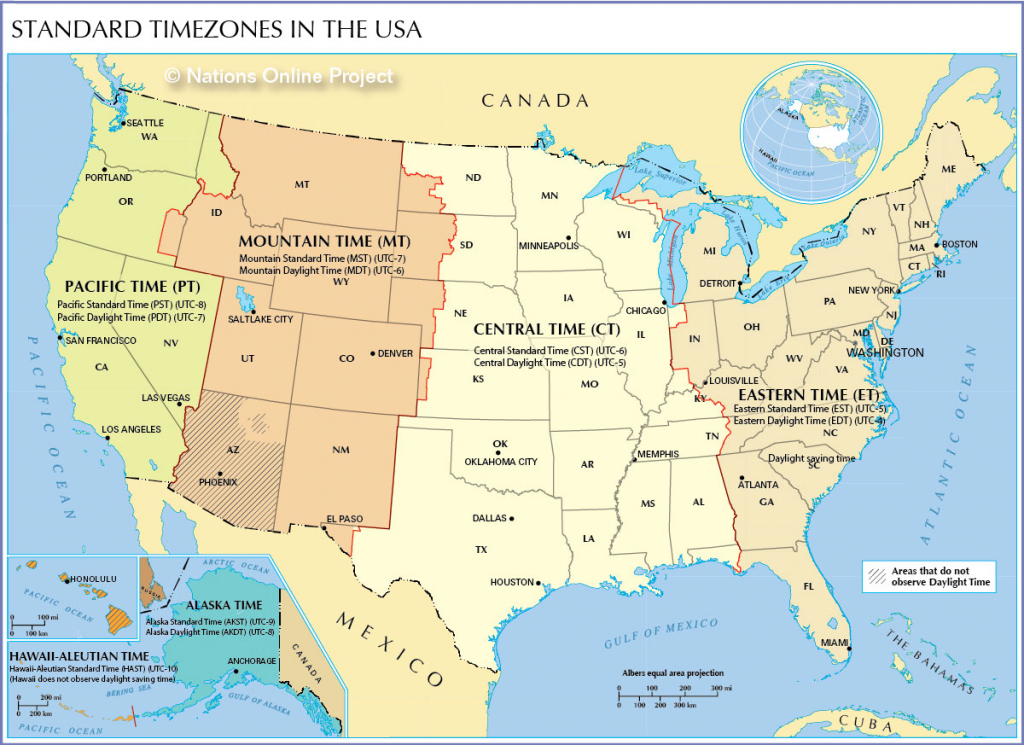

The hours added or subtracted from the time in Greenwich are marked on the map. This map layer shows the 24 time zones commonly used in the Greenwich Mean Time model. The maps, which are based on analysis of the data, are released each Thursday at 8:30 a.m. For example, China, a very large country, only uses one time zone while many places in the Middle East use half-hour time zones. However, at the conference, the committee decided that the world should identify an official meridian and they chose the Greenwich Meridian.Īlthough much has changed since the conference in 1884, Fleming’s design has stayed intact with variations based on political and geographic decisions. Previously, different countries had different prime meridians. Longitude lines mark the distance east or west of the prime meridian.įleming’s recommendations led to an international conference held in 1884 to select a common prime meridian, otherwise known as zero degrees longitude, on which to base time zones. He proposed to regulate time by dividing the earth into 24 one-hour time zones utilizing longitude lines, each 15 degrees apart. To prevent further damage, Canadian railway engineer Sir Sanford Fleming devised a globally standardized time system. Many towns used natural time markers so whenever they saw the sun highest in the sky, that was their “high noon.” This caused confusion and some collisions amongst trains as no one was following the same local time. Each town and city went by their own time which was usually regulated by a clock in the town center. Time standardization was greatly needed in a world becoming increasingly interconnected.įor example, in the United States, the railroad system faced big problems by the late 1800s. New technology and more accessible transportation, such as trains, allowed people, ideas, and goods to travel faster and more easily around the world. In the late 19th century and into the early 20th century, the world globalized.


 0 kommentar(er)
0 kommentar(er)
